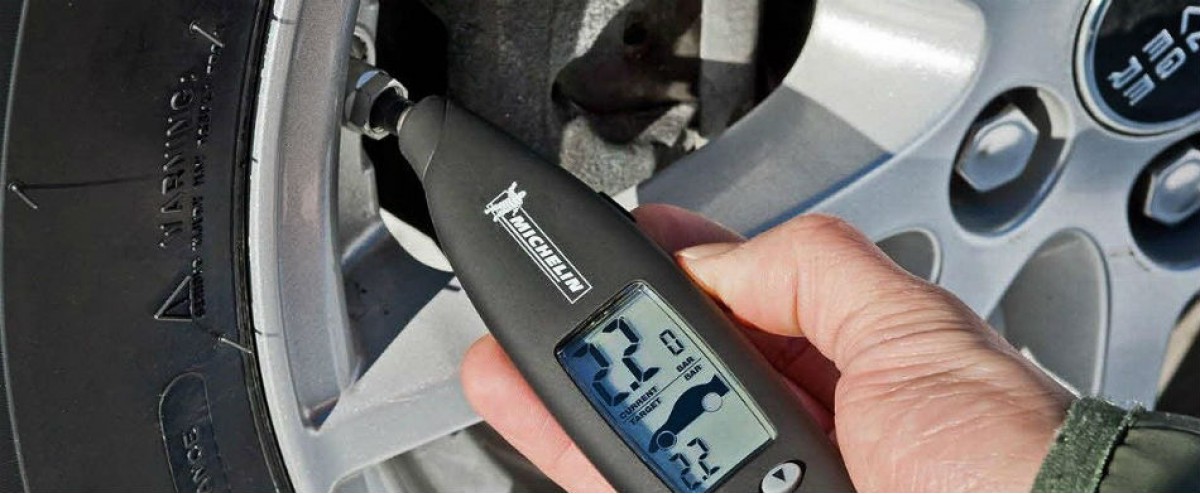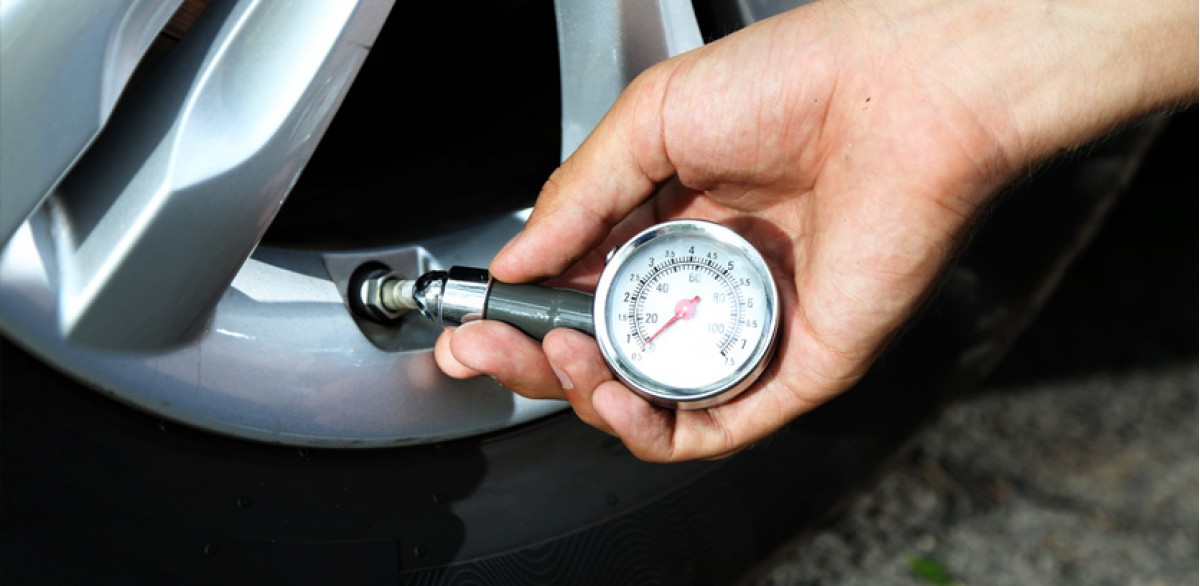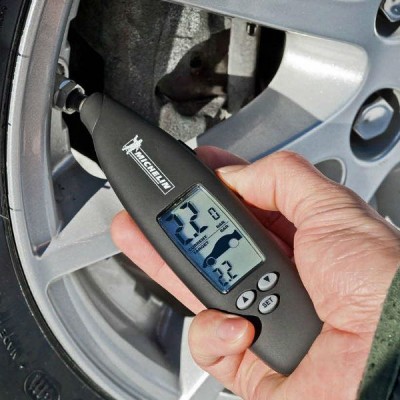BLOG
TIRE PRESSURE - WHAT DO I HAVE TO KNOW?



In2tires Tips - Inflation
Pressure: What should I know?
Air pressure management in the tire is key to ensuring proper tire wear, maximizing the performance for which it was designed (i.e., cornering, braking capacity, fuel economy, driving safety, capacity water evacuation, adhesion in cold areas with ice or snow, or performance in adverse conditions such as sand and mud). In all tires, the manufacturer reports an ideal pressure at which all these objectives are achieved. Generally, when a tire is developed as the Original Equipment of a particular vehicle model, the recommended air pressures for each axle are also defined. With which, it should be noted, that they do not always coincide. This is because a vehicle can be front-wheel drive, rear-wheel drive, 4x4 or withstand greater load on one axle than on the other. These are basically the reasons that explain these differences in the tire pressure.
It is also relevant to know, that it is not the same to measure a tire in cold or after having rolled, since its temperature varies and therefore the pressure. Always the recommended pressure is considered to that measure with the cold tire.
Having said that, we recommend keeping in mind the following tips:
- Check the inflation pressure of all your tires once a month, including the help pressure. Even if you don't see any damage, the tires can lose up to 1 psi (pounds per square inch) per month. This can be accelerated by loss of air caused by accidental punctures, losses in the valve or valve cover, or by a malfunction of the wheel.
- Always keep in mind to check the inflation pressure before a long trip.
- For more reliable reading results do not forget to check the inflation pressure when the tires are cold, before driving or if you traveled less than 3 km at low speed.
- If the tire is hot at the time of measuring the pressure, add 4-5 psi to the value recommended by the car manufacturer or wait for it to cool, which is usually an average of three hours after stopping the bearing.
- Never deflate a hot tire.
How do I control my inflation pressure?
- Introduced the pressure gauge into the peak of your tire valve.
- A number will be displayed on the meter, that is the number of psi.
- The sound of air is air that escapes from the tire. It should not significantly affect the pressure, unless you hold the meter too long.
- Compare the psi with the recommended one.
- If the psi is above the recommended number, let the air out until the number matches. If it is below, add air until it reaches the appropriate number.
Where can I find the recommended inflation pressure for my tires?
- In the vehicle owner's manual.
- On a label attached to the driver's door or on the fuel tank cover.
- Do not use the number that appears on the side of the tire, it does not indicate the pressure your tire needs.
About pressure gauges
- Use caution if you use a meter from a service station. The pressure gauge is not usually reliable at service stations.
- Buy a good quality pressure gauge and check its accuracy with a tire professional.
- Measuring well is important. Cars with slightly inflated or over-inflated tires can wear faster than expected, have poor grip, and consume more fuel. It only takes a few minutes a month to help ensure your safety and increase the durability of your tires.
vs Oct 2023

Leave your comment